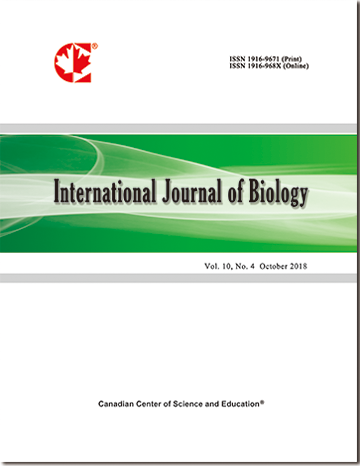Ultrastructural Observations on Lumbar Spinal Cord Recovery After Lesion in Lizard Indicates Axonal Regeneration and Neurogenesis
- Lorenzo Alibardi
Abstract
After lumbar spinal cord transection, lizards recover some un-coordinated movements of the hind limbs including some walking ability. The transected spinal cord was examined using electron microscopy to study the degree of regeneration. A bridge tissue located between the two proximal and distal ends of the transected spinal cord, representing the regenerated cord, was found at 29-45 days post-lesion. The ependyma formed ampullar enlargements but no continuous central canal between the two stumps was re-established. Some cerebro-spinal fluid contacting neurons and peri-ependymal small neurons contacted by few synaptic boutons were found. Pale cells of astrocyte type were also identified. Numerous unmyelinated and sparse myelinated axons in the bridge appear connected to ependymal cells and oligodendrocytes. The origin of these axons remains unknown but previous studies have indicated that at least some of them are derived from interneurons, including those located around the central canal and in the dorsal grey matter of the proximal spinal cord stump. This limited regeneration can explain the recovery of part of the motor activity of the hind limbs in these lizards, possibly through the re-connection across the bridge of the intrinsic circuit of the central locomotory pattern generator.
- Full Text:
 PDF
PDF
- DOI:10.5539/ijb.v7n1p122
Index
- ACNP
- AGRICOLA
- BASE (Bielefeld Academic Search Engine)
- CAB Abstracts
- CiteFactor
- CNKI Scholar
- CrossRef
- DTU Library
- Elektronische Zeitschriftenbibliothek (EZB)
- Excellence in Research for Australia (ERA)
- Google Scholar
- Infotrieve
- LIVIVO (ZB MED)
- LOCKSS
- Max Planck Institutes
- MIAR
- PKP Open Archives Harvester
- Qualis/CAPES
- ResearchGate
- ROAD
- SafetyLit
- SHERPA/RoMEO
- Technische Informationsbibliothek (TIB)
- Universe Digital Library
- WorldCat
Contact
- Ryan JonesEditorial Assistant
- ijb@ccsenet.org
